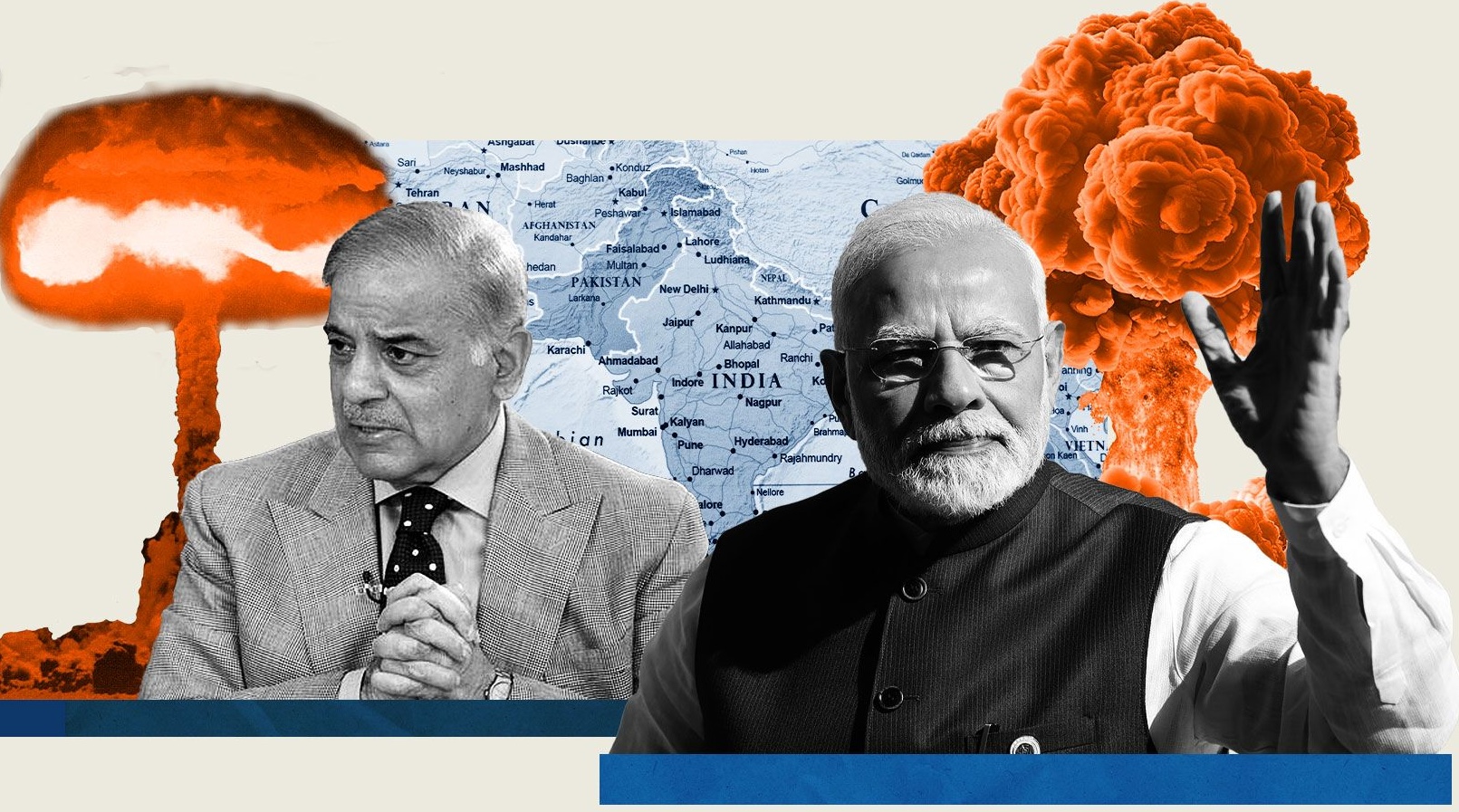Military Escalation: From "Sindoor" to Aerial Combat

In May 2025, India and Pakistan found themselves on the brink of full-scale war — the most serious escalation since 1999. The conflict began after a terrorist attack in Pahalgam on April 22, in which 26 tourists were killed, including 25 Indian citizens and one Nepali national. The attack was claimed by the group "The Resistance Front," but India accused Pakistan of supporting the terrorists — a claim Islamabad categorically denies.
On May 7, India launched Operation "Sindoor," carrying out 14 missile strikes on alleged bases of the groups Jaish-e-Mohammed and Lashkar-e-Taiba in Pakistan and Pakistan-administered Kashmir. SCALP missiles, AASM Hammer bombs, and SkyStriker kamikaze drones were used. Indian authorities stated that the strikes were “surgical and non-escalatory” and did not target Pakistani military assets.
In response, Pakistan launched missile and drone attacks on Indian cities, including Amritsar. India, for the first time, deployed its S-400 air defense system to intercept the strikes. In aerial battles on May 7, several aircraft were shot down on both sides, including an Indian Rafale fighter jet — the first combat loss of this aircraft type.
Indian Prime Minister Narendra Modi is using the conflict to bolster his image as a strong leader, especially amid domestic political challenges. In Pakistan, General Asim Munir, who has led the army since 2022, has been granted broad powers to conduct military operations and is consolidating his influence in a country where the military traditionally plays a key political role.
The UN, Russia, and China have called on both sides to exercise restraint and pursue peaceful dialogue. However, diplomatic efforts have yet to yield de-escalation. Pakistan has temporarily closed its airspace, while India has suspended the 1960 Indus Waters Treaty, which could lead to humanitarian consequences in the region.
Economic consequences are already being felt: investors are alarmed by the instability in one of the world’s fastest-growing regions, and energy markets are reacting to potential disruptions in supply.
Both countries possess nuclear weapons and officially adhere to a "no first use" policy. However, experts warn that further escalation could have catastrophic consequences. Estimates suggest that a nuclear conflict between India and Pakistan could result in up to 125 million deaths.
The current conflict between India and Pakistan is a dangerous mix of nationalism, historical grievances, and geopolitical ambition. Without immediate intervention and diplomatic efforts, the situation could spiral out of control, with unpredictable consequences for the entire region and the world.
Singh Bhagat
Military Expert, Researcher
 Latest news
Latest newsGeorgia and the European Union: Transformation of Foreign Policy in the Context of European Integration
11.Dec.2025
Half of Azerbaijanis’ Income Goes to Food: Hidden Causes and Possible Consequences for the Economy
11.Dec.2025
Ukraine on the Threshold of a Political Shift: Updated Peace Plan and Zelensky’s Statement on Readiness for Elections
10.Dec.2025
Russia Proposes New Medal for Evacuating Bodies from Combat Zones
09.Dec.2025
The Shadow of Kadyrov in Yerevan: How a Woman Who Fled Violence Was Killed?
09.Dec.2025
Ukraine is Strengthening its Army amid a Growing Threat
08.Dec.2025
Ukraine Strengthens Its Army Amid Growing Threats
08.Dec.2025
Moscow and Beijing Conduct New Air-Defense Drills: What Lies Behind the Strengthening of Their Joint Shield?
07.Dec.2025
Russia–India: A New Architecture of Partnership. What Stands Behind Putin’s Visit to New Delhi?
06.Dec.2025
The National Security Strategy of Armenia: Analysis of Current Threats and Strategic Approaches
05.Dec.2025

 15 Dec 2025
15 Dec 2025








